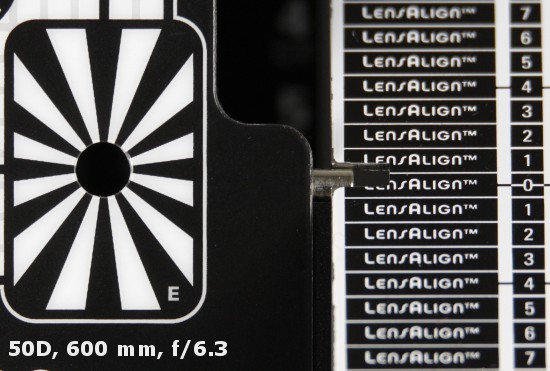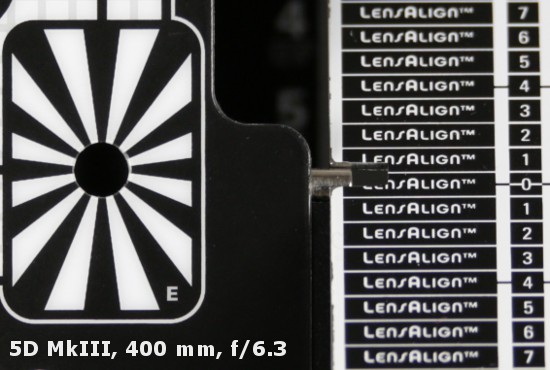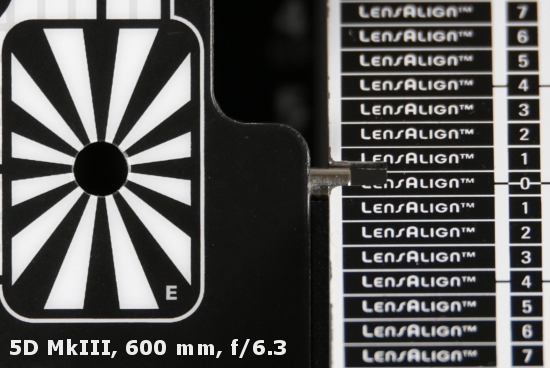Sigma S 150-600 mm f/5-6.3 DG OS HSM
10. Autofocus
All those problems disappear when you use the 10 meters-infinity focus limiter option, narrowing the range a bit. The focus finding is flash-quick (less than 0.3 of a second) and even at 600 mm everything seems to be in perfect working order. You should also remember that the autofocus ranges are flexible and programmable by the help of the Sigma USB Dock and some configurations can even be done without it, using just the lens casing controls.
When it comes to the performance in static studio conditions we have no reservations whatsoever. In a well-lit room the lens attached to any camera body didn’t miss one single time.
Please Support UsIf you enjoy our reviews and articles, and you want us to continue our work please, support our website by donating through PayPal. The funds are going to be used for paying our editorial team, renting servers, and equipping our testing studio; only that way we will be able to continue providing you interesting content for free. |
- - - - - - - - - - - - - - - - - - - - - - - - - - - - - - - - - - - - - - - - - - - - - - - -
As the Sigma is an instrument which is going to be used often in sports and nature photography, for example taking photos of birds or planes, we also decided to do another test. Our editorial EOS 5D MkIII was set in a burst mode and its autofocus in the AF Servo mode and we chose the central autofocus point. Then we put the lens plus the camera set on a tripod in a shadowed street. My wife and daughter ran a distance of several dozen meters several times, each time getting close to the lens along its line, and I took some photos of them employing longer focal lengths.
I took 97 frames at 600 mm and three of them were blurred – one completely misfocused, two others a bit more clear but still not sharp enough. At 400 mm the series amounted to 66 frames; one was misfocused and next three – slightly blurred. At 300 mm I took 80 photos in a series and 5 of them I considered not sharp enough. Still most of the misses appeared near the very end of the series, when the photographed person didn’t fit the frame any longer and the mechanism had to focus on an evenly coloured blouse. As you can notice the results for all the focal lengths are similar, amounting to less than 10% of blurred photos in a series. To sum up it is true that neither my wife nor my daughter are sprinters but it is safe to say the Sigma lens plus the Canon 5D MkIII passed the test without problems.
The Sigma S 150–600 mm didn’t have any front or back focus tendencies, no matter what focal length or body we were using in our test – the photos below show that pretty well.
 |
 |
 |






